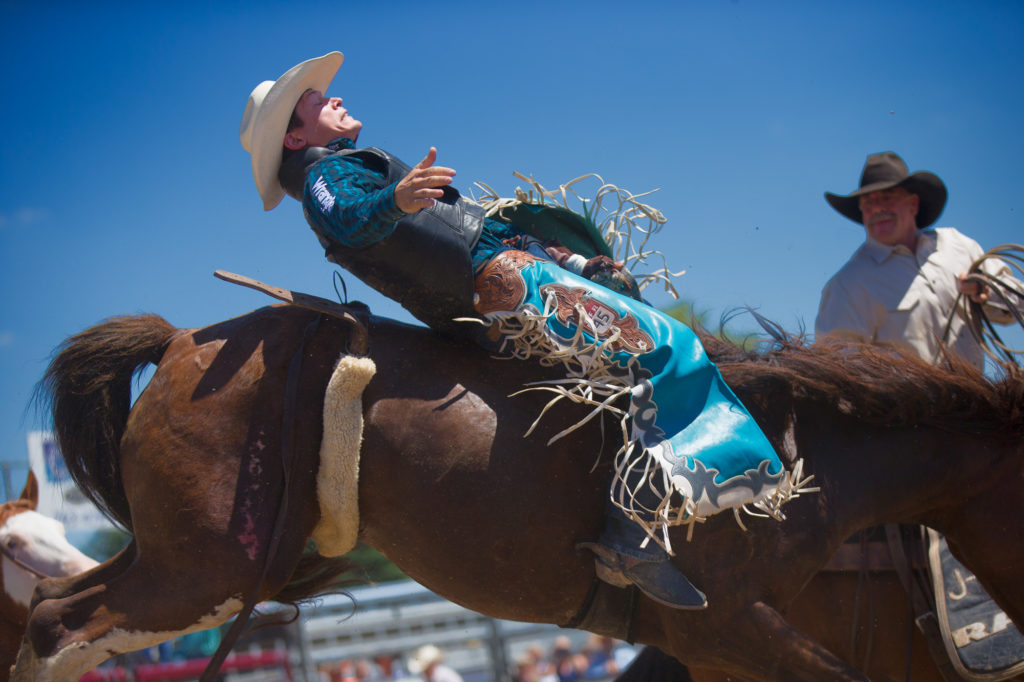Many people pictures fall into one of three categories: action, reaction or interaction.
It is hard to avoid a tautology when describing an action picture so I won’t. An action picture has action.
This picture is a great example. And it is one that was made at just the right moment. The late Henri Cartier-Bresson coined a term that photographers around the world commonly use–the “decisive moment.” He said, “Photography is simultaneously and instantaneously the recognition of a fact and the rigorous organization of visually perceived forms that express and signify that fact.” If this picture was made a split second later or a split second sooner the bodies of the Scouts would not be as interesting as they are in the particular 1/1,000 second that photographer Roger Morgan choose to press the shutter.
Sometimes you have to anticipate and take into account reaction time. Anyone who has studied for a driver’s license knows about reaction time. You see a traffic situation that requires braking; your brain tells your foot to push the brake; your foot pushes the brake; the brake makes the car stop. But there is a delay between the seeing of the situation and the foot pressing on the brake and that delay is called reaction time. The same situation applies to photography. If you are photographing Native American singers, who also drum, and you want to have the drum sticks in the air over the drum, make the picture when you see the drum stick hitting the head of the drum. When you review the pictures, the drum stick will be in the air–not on the drum head. The reason–reaction time.
A huge part of making good action pictures is simply being aware of what is probably going to happen and then being there to make the picture. As Cartier-Bresson said, “Your first 10,000 photographs are your worst.”
Keep at it. If your first action pictures somehow miss the mark, ask yourself why? Did you press the shutter too soon or too late? Study and correct. You will get better.

